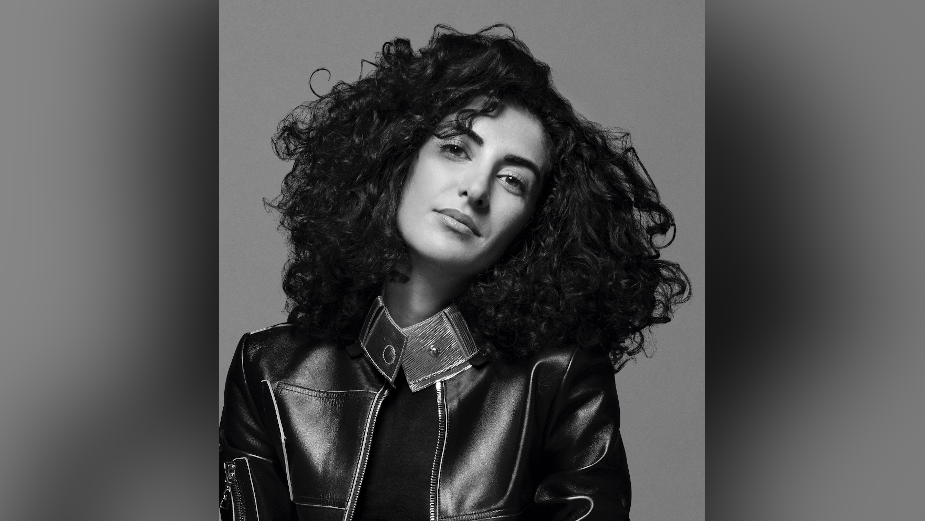
Luxury Brands, First Cultural Players?

The luxury sector has always been closely linked to the cultural realm. For many years now, luxury brands have served as supporters of the arts, either by preserving traditional craftsmanship or through corporate patronage. But their approach has been based on a restrictive and elitist vision of culture, reinforcing the notion of luxury as the domain of a privileged few.
This paradigm has now changed. The strongest luxury brands today are not the most timeless ones, but those that epitomise their era, community and culture – brands that have a solid cultural footprint. And yet, providing financial support for a certain vision of culture is not enough to create this strong cultural footprint. Today, luxury brands face a new, consumer-driven imperative and that is to actively inform and enrich the cultural landscape in which they operate. According to our Prosumers surveys, 68% of consumers believe that their experience with a brand is more meaningful if it inspires or enlightens them and 55% say the same for a brand that introduces them to new cultures.
For brands in the luxury sector, this means generating a cultural contribution that goes beyond the creativity inherent in the products and experiences they offer. It means evolving from their role as patrons of the arts to become active participants in the cultural sphere. Luxury brands have several assets that facilitate this process. Their recognised aesthetic and intellectual sensitivity and their existing ties to artistic circles make them legitimate candidates, in the eyes of the general public, for playing an active part in the cultural scene. Many luxury brands have already embraced this new responsibility, becoming fully-fledged cultural programmers across their value chain.
The process starts with product storytelling. Rather than simply being inspired by cultural references, luxury products now serve as a platform for raising the profile of emerging artists and little-known cultural traditions. Dior, for example, has been showcasing local artists like Mexico’s escaramuzas in 2018 and Ghanaian painter Amoako Boafo in 2020. Fashion shows are no longer simply spectacular events. Instead, they’re now becoming full-blown artistic performances, like the one put on by dance troupe (La)Horde during the presentation of Isabel Marant’s latest collection. Luxury brands are not just financing young artists and marginal art forms, but providing them with a highly-visible forum for expression – putting them firmly in the global spotlight.
The biggest change is the explosion of online content, a trend accelerated by the Covid-19 induced crisis. Through creative social media content, luxury brands have become genuine sources of cultural inspiration. Bottega Veneta, for example, has launched a weekly residency on Instagram so that members of the brand’s community can share their own curated content from artists, musicians, film directors and even chefs. Others have opted for a more participatory experience, like French fashion designer Marine Serre, whose followers can dance along each week with Belgian performer Nick Coutsier. Being active on the cultural scene also means participating in the broader cultural conversation by stimulating discussion and giving others a voice. Prada’s Possible Conversations is a good example.
We’re at an exciting point where, more than ever before, luxury brands have the opportunity to offer products, experiences and content that illustrate the cultural diversity of their era. But each of these initiatives must be approached and managed like any other communications initiative, as part of an overall communications plan. As an agency, it’s our job to support brands through this transition. The goal is to create a virtuous relationship between making a cultural contribution and building brand equity and brand voice. And that’s exactly what we’ve done at BETC in collaboration with Louis Vuitton when we together created the City Guides since 1998. In addition to reflecting the brand’s vision of the spirit of travel, they also serve as cultural objects and online experience that inspire people to explore new horizons. A marvellous example of how luxury brands can exercise their craft, while showcasing their expertise and broadening their scope of influence, their cultural impact. Being a leading player on the cultural scene also means being a leading ambassador for an artistic community that is such an endless source of inspiration for any creative industry.













